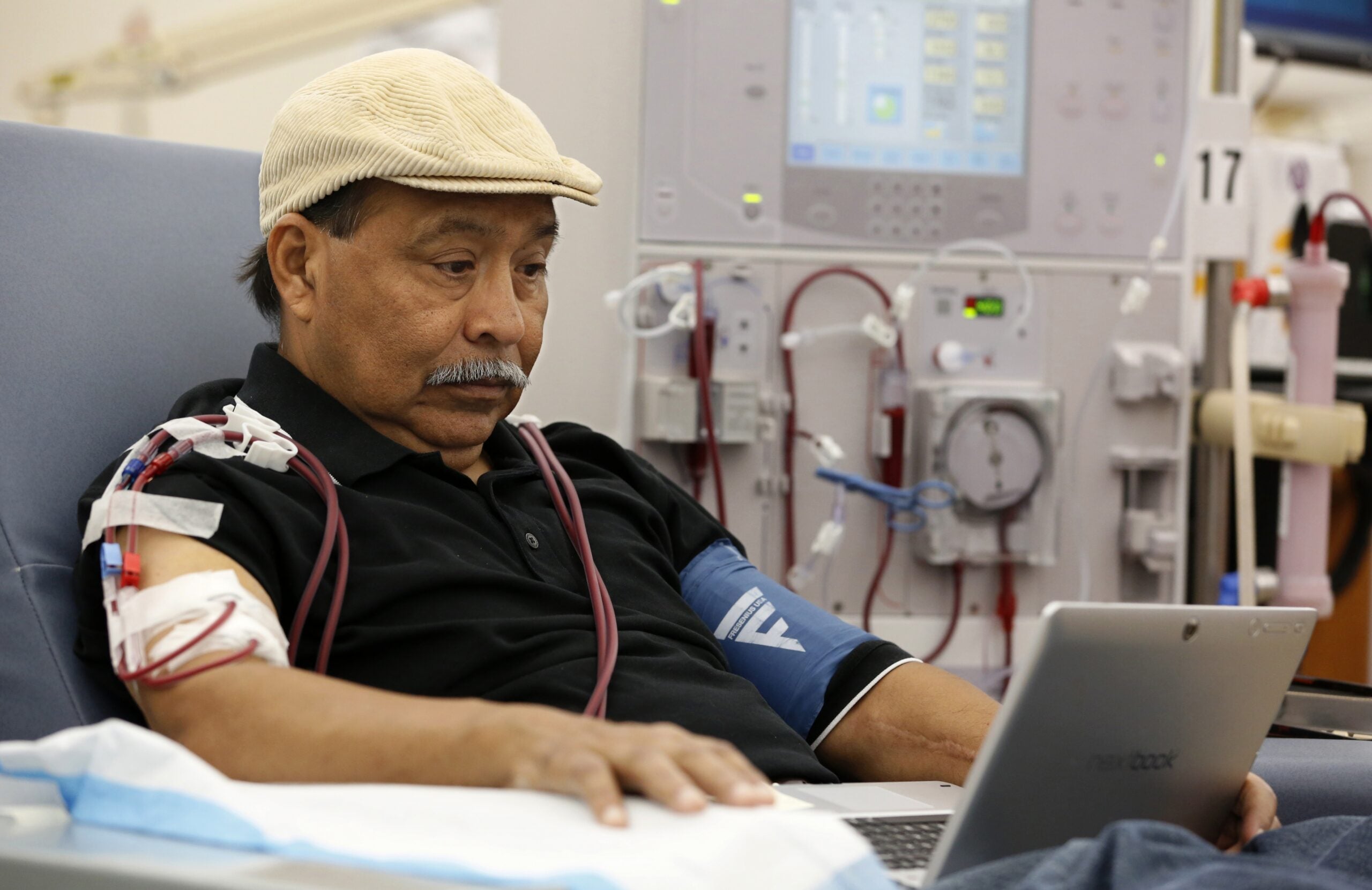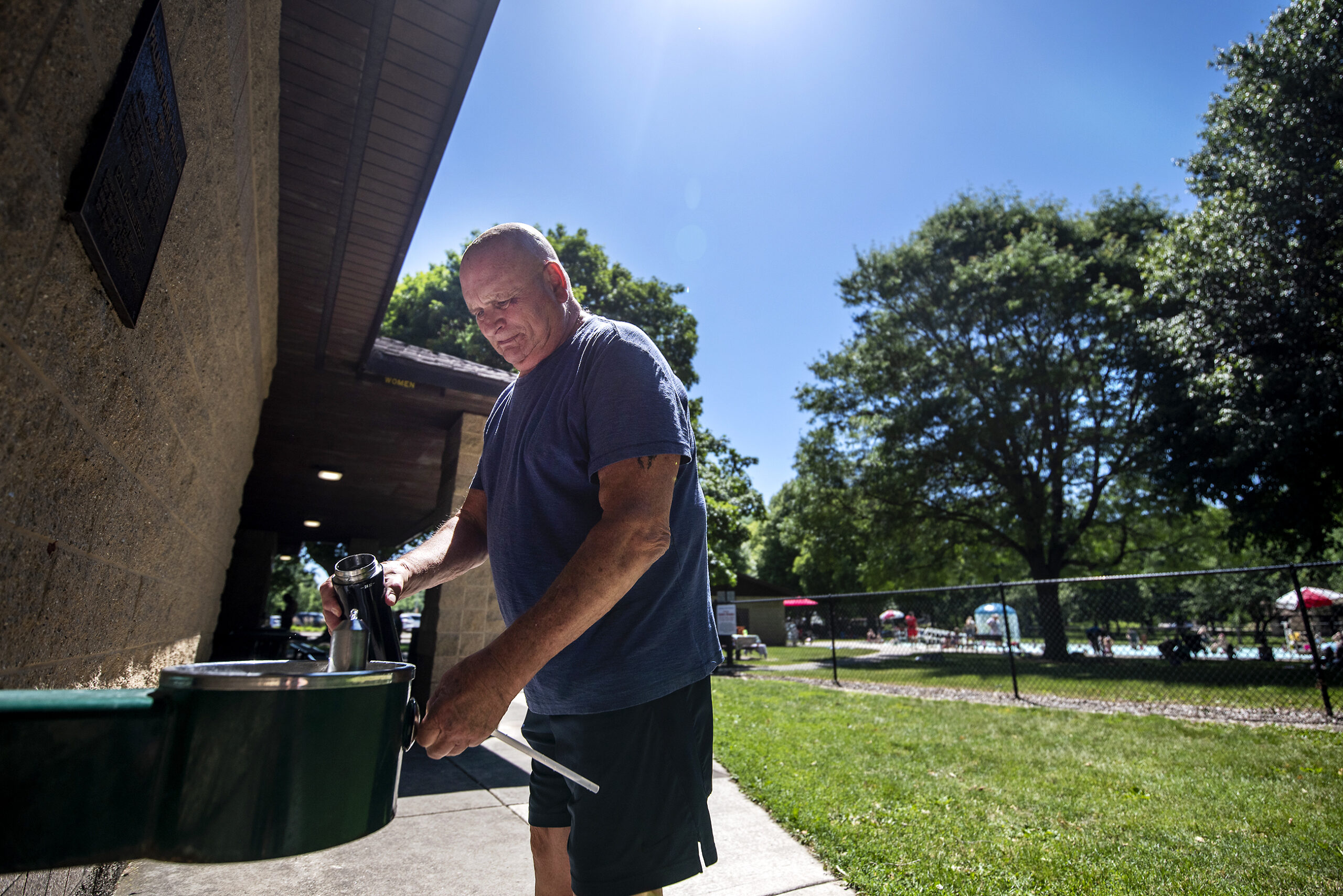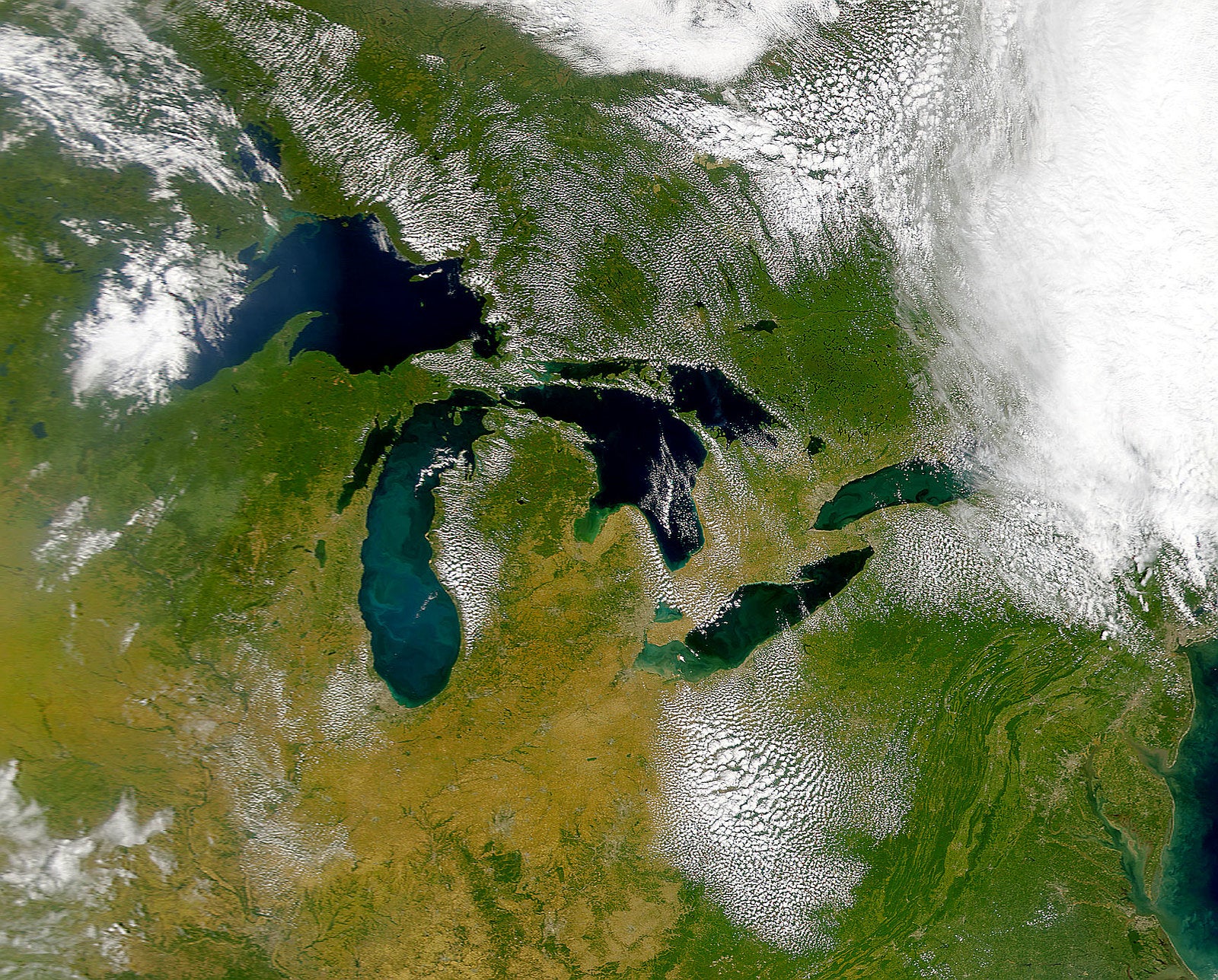New research from the University of Wisconsin-Madison shows patients treating their kidney failure with dialysis could be among the most vulnerable to more frequent extreme heat due to climate change.
The study found deaths among adults receiving regular dialysis increased by 15 to 20 percent during periods of high heat and humidity. These weather events were defined as a heat index greater than 105 degrees Fahrenheit for two or more days or more than 115 degrees for one day.
“People who are on dialysis, unfortunately, have very high mortality to begin with,” said Dr. Matthew Blum, a nephrologist at UW Health and lead author of the study. “An 18 percent jump (in risk of death) just because of the weather is a pretty profound risk for people.”
News with a little more humanity
WPR’s “Wisconsin Today” newsletter keeps you connected to the state you love without feeling overwhelmed. No paywall. No agenda. No corporate filter.
One of the body’s ways to deal with heat is through sweat, which evaporates into the air and cools the body. When the air is saturated with high humidity, Blum said everyone’s ability to sweat, and therefore cool down, is reduced.
For dialysis patients, these weather conditions bring even greater challenges. These patients have to go from restricting fluids to making sure they stay hydrated, said Blum, and they often can’t avoid going outside.
“We try to avoid the exposure, but people who get dialysis at centers have no choice but to go to their dialysis unit on those days,” he said.
Kidney failure patients are more vulnerable to other conditions like heart failure, which Blum said can be exacerbated by high heat. The most common causes of death for patients in the study were heart-related incidents and sepsis.
Blum said his study offers a much broader look at the effects of extreme heat than previous studies, including almost one million dialysis patients across the U.S. from 1997 to 2016.
The research found the greatest relative risk of death occurred in southeastern states, like Florida, Alabama and the Carolinas. The region had more deaths than the Southwest despite having a similar number of high heat events.
In upper Midwest states like Wisconsin and those in the Pacific Northwest, there were fewer high heat events during the study period. But Blum said the research shows the negative public health effects that are likely coming to the state as climate change causes more frequent extreme weather.
“What they’re seeing in the Southeastern U.S. may one day be the reality here,” he said. “Perhaps not as severe. But as global temperatures rise, this is something that we need to be aware of and prepared for.”
Blum said medical providers need to communicate more with dialysis patients during heat waves and make sure they have access to safe transportation. He said the changing climate may also push providers to use at-home dialysis treatments with more patients.
Wisconsin Public Radio, © Copyright 2025, Board of Regents of the University of Wisconsin System and Wisconsin Educational Communications Board.






